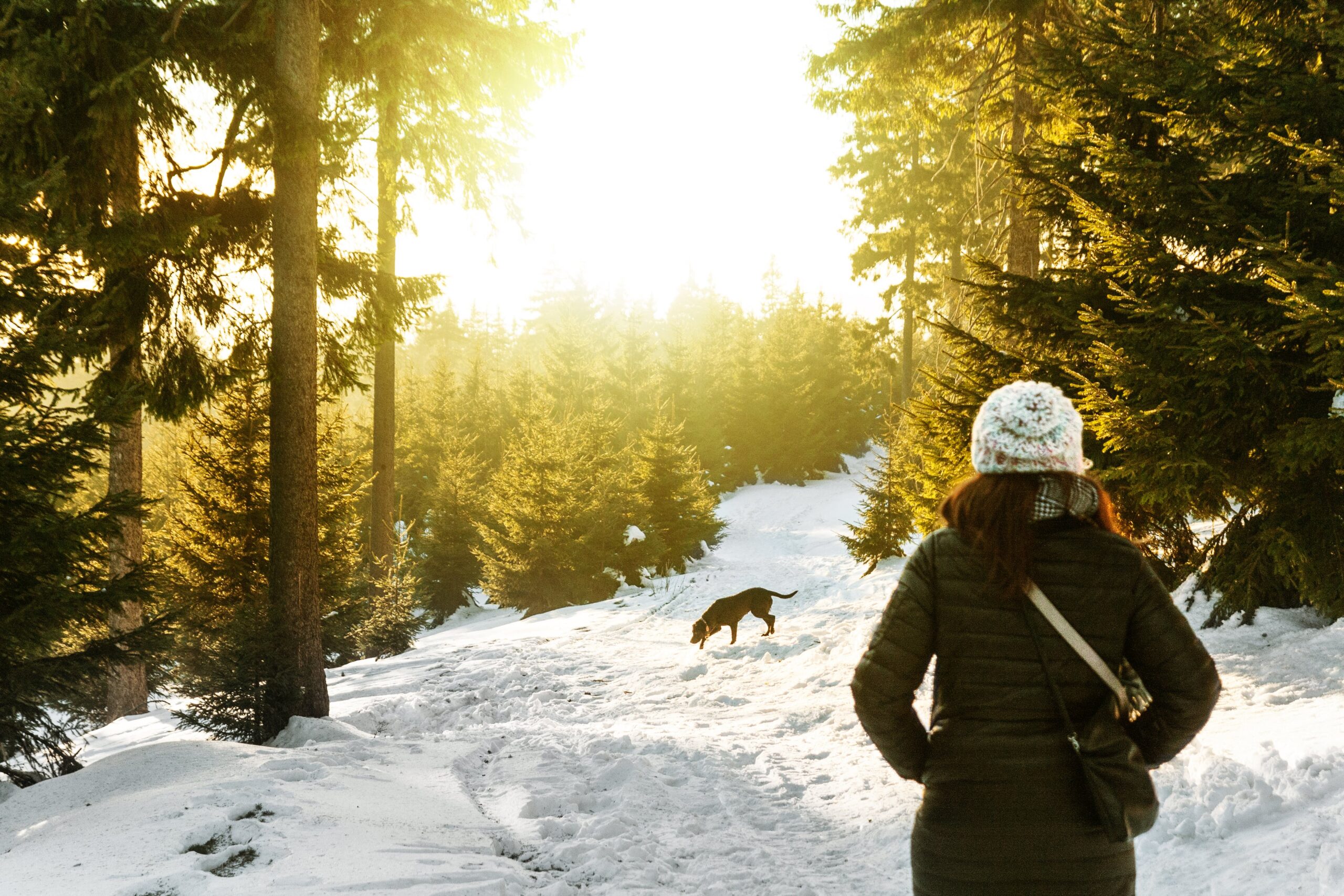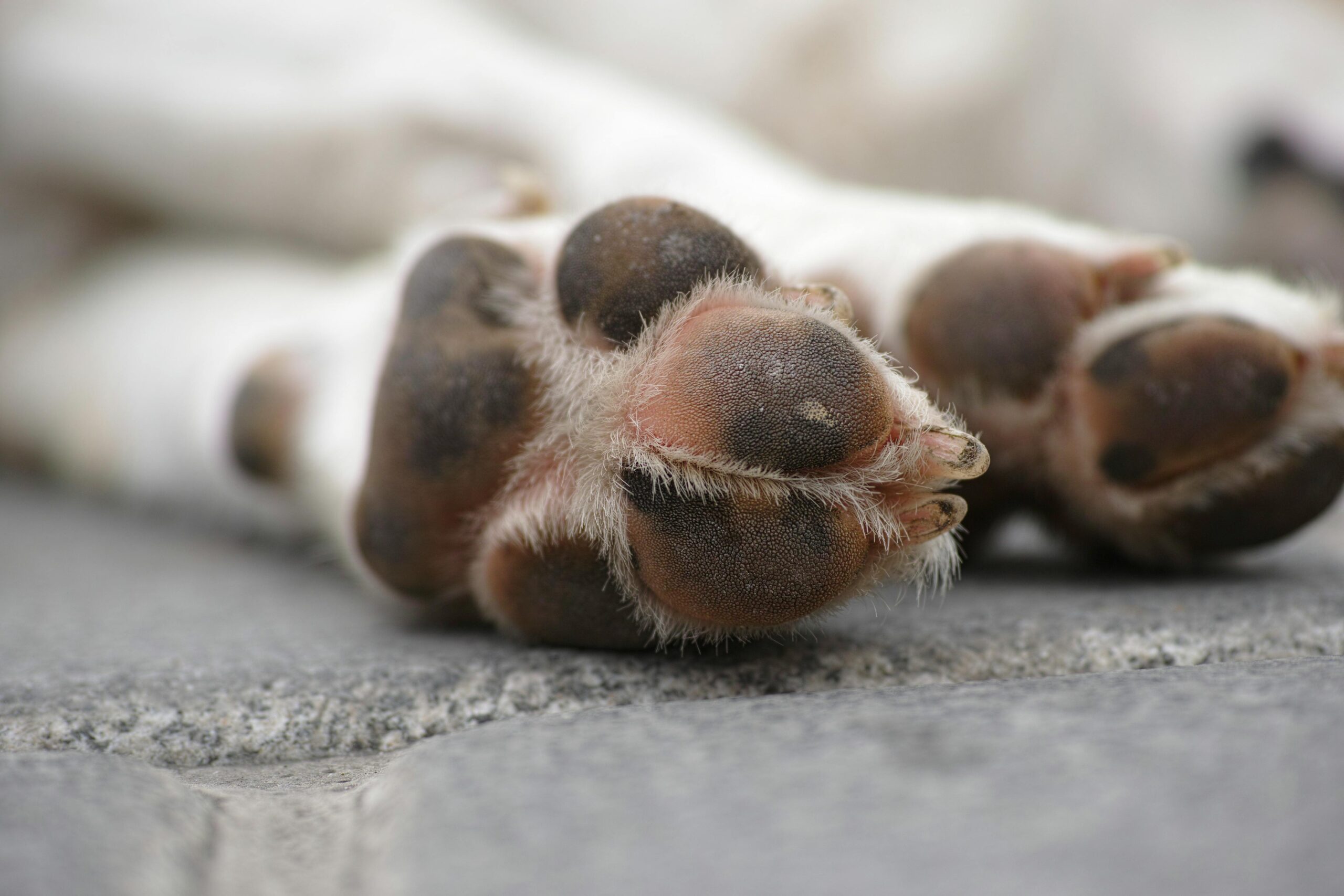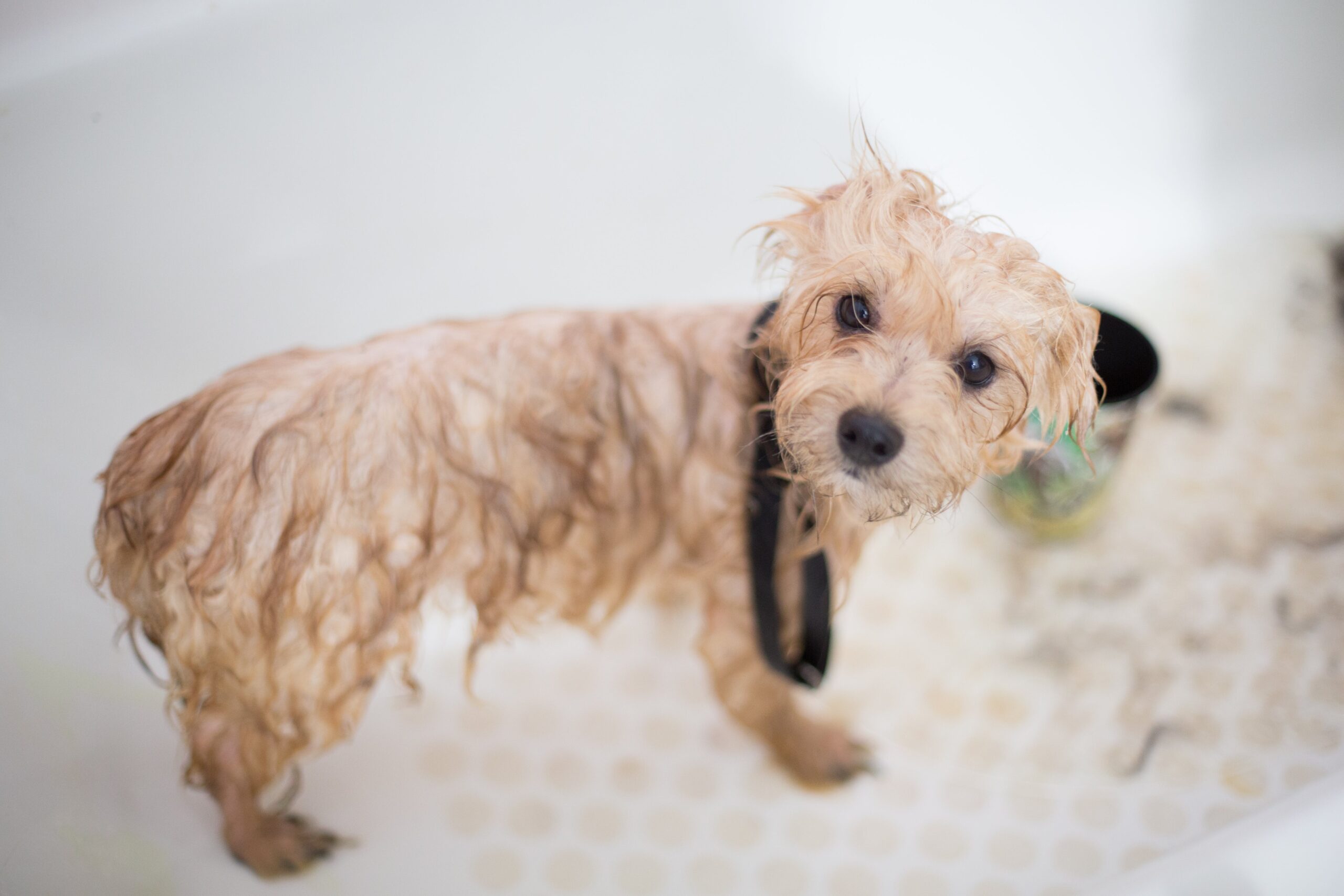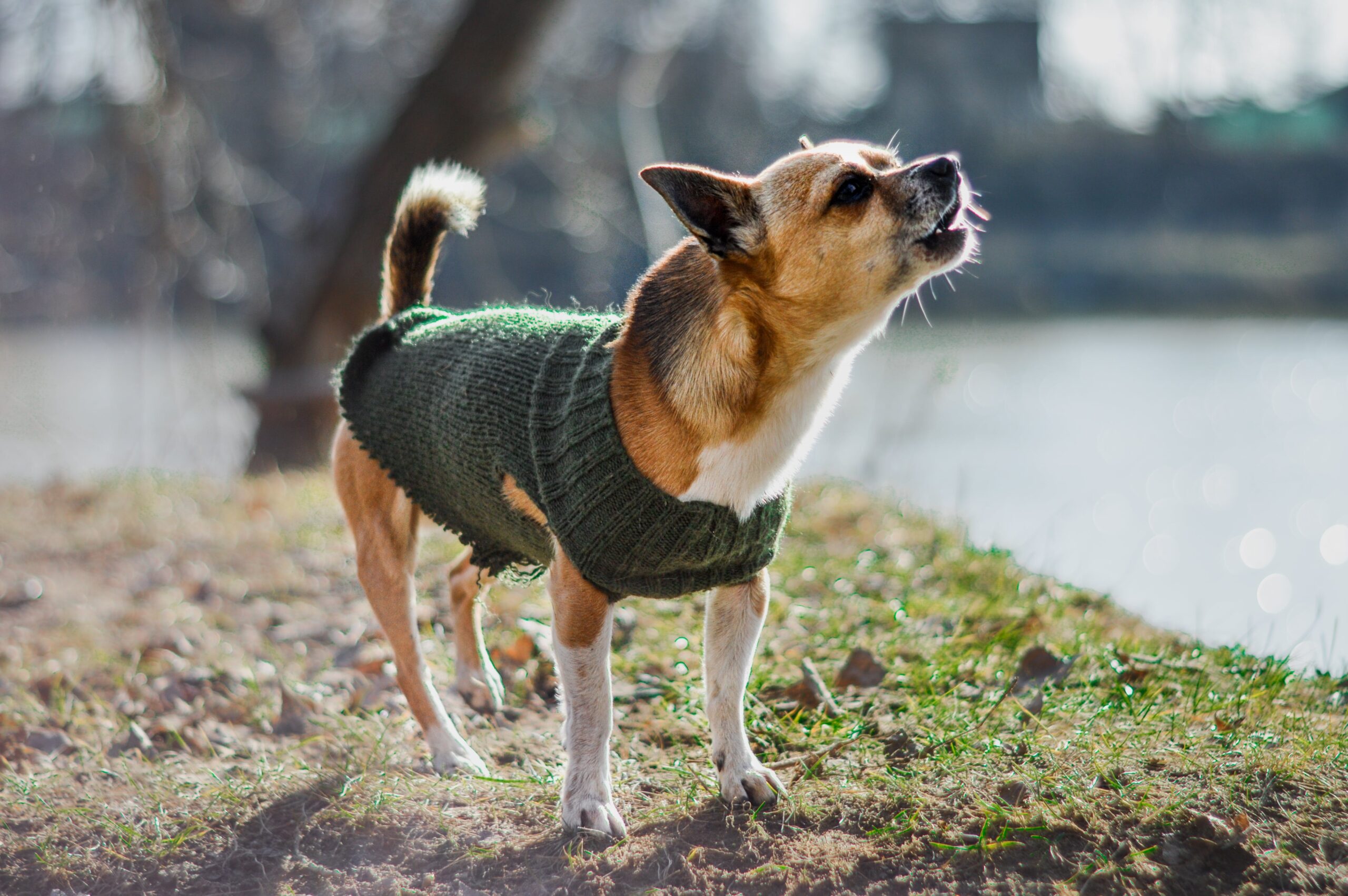Table of Contents:
- Introduction
- Keep Them Warm
- Protect Their Paws
- Avoid Antifreeze
- Wipe Their Legs and Belly
- Watch Out for Ice
- Limit Outdoor Time
- Stay Visible
- Check Their Food and Water
- Provide a Cozy Bed
- FAQ
Introduction
Hey there, dog lovers! Winter is upon us, and just like us, our furry friends need extra care during the chilly season. Keeping them safe, warm, and healthy doesn’t have to be a puzzle. Here are 10 simple yet effective winter safety tips for your dogs. Let’s dive in and make sure your pup enjoys the winter wonderland safely!
Keep Them Warm
Dogs do have fur, but that doesn’t mean they’re immune to the cold. Small, short-haired, or older dogs can especially get chilly. Consider a cozy sweater or a doggy coat when you’re out for walks. It’s not just fashionable; it’s functional!
Protect Their Paws
Salt and ice can hurt your dog’s paws. Dog booties can protect their paws from harmful chemicals and cold surfaces. If your dog isn’t a fan of shoes, paw balm is a good alternative to keep their pads soft and safe. Also keep an eye out for ice packing in their paws, signs of this are the dog can
Avoid Antifreeze
Antifreeze is a common winter hazard. It smells and tastes sweet to dogs but is extremely poisonous. Always keep it out of reach and clean up any spills immediately.
Wipe Their Legs and Belly
After a walk, wipe down your dog’s legs and belly. This removes any salt, antifreeze, or ice melt that they might lick off and ingest. It’s a simple step that can prevent serious health issues.
Watch Out for Ice
Slippery surfaces can be as dangerous for dogs as they are for humans. Avoid icy paths and keep a close eye on your furry friend to prevent slips and falls.
Limit Outdoor Time
In extreme cold, keep walks short. Frostbite can affect dogs, particularly on their ears, tail, and paws. If it’s too cold for you, it’s probably too cold for your dog.
Stay Visible
Shorter days mean less daylight. Wear reflective gear and ensure your dog has a reflective collar or leash. It makes both of you more visible to drivers.
Check Their Food and Water
Dogs might need more calories in the winter to stay warm. Make sure they’re getting enough of the proper food for their size, age, and activity level. Also, check any water bowls, that are exposed to the cold, regularly to ensure they are not frozen.
Provide a Cozy Bed
Ensure your dog has a warm, comfortable place away from drafts to curl up in. A cozy bed in a warm room is perfect for those long winter naps.
FAQ
Q: Can all dogs wear sweaters in winter? A: Most can, but make sure it fits well and doesn’t irritate their skin. Some breeds with thick fur might not need one.
Q: How do I know if it’s too cold for my dog? A: Watch their behavior. If they seem anxious, shiver, or want to go inside, it’s too cold.
Q: What should I do if I suspect my dog has frostbite or hypothermia? A: Bring them into a warm place immediately and wrap them in blankets. Call your vet right away for further instructions.
How to Cut Dog Nails Safely and Easily: Simple Guide
Table of Contents: Introduction Why It’s Important to Trim Your Dog’s Nails Tools You’ll Need Step-by-Step Guide on How to Cut Dog Nails Tips for…
The Best Dog Shampoo for Itchy Skin in 2024: Our
Table of Contents: Introduction What Causes Itchy Skin in Dogs? Top 5 Best Dog Shampoos for Itchy Skin How to Choose the Right Shampoo…
5 Signs Your Cat is Stressed – And How to
Table of Contents Introduction 5 Signs Your Cat Is Stressed Hiding More Than Usual Changes in Eating Habits Excessive Grooming Aggression or Withdrawal Unusual Bathroom Habits 6 Actions…
5 Signs Your Dog is Stressed – What Every Pet
Table of Contents: Introduction Unusual Yawning and Licking Excessive Shedding Changes in Body Posture Avoiding Eye Contact or Staring Changes in Eating or Sleeping Habits FAQ Introduction Hey there,…
10 Winter Safety Tips For Dogs: Keeping Your Furry Friend
Table of Contents: Introduction Keep Them Warm Protect Their Paws Avoid Antifreeze Wipe Their Legs and Belly Watch Out for Ice Limit Outdoor Time Stay Visible Check Their Food…
The Best Bark Collar for Small Dogs: A Guide to
Table of Contents Introduction Why Small Dogs Bark a Lot Features to Look for in the Best Bark Collar for Small Dogs Top Picks…







Leave a Reply